Isfahan Museum of Contemporary Art which is situated in Ostandari Street and next to the Museum of Natural History, belongs to the Safavid era.
Isfahan (IMNA) - During the Qajar era, this building renovated and redecorated to regain its flashy appearance. This building used to be the residence of Isfahan's governor, Zel al-Sultan. It's interesting to know that the basement of this house was a prison during that time. The stuccoed forms which are the principal architectural feature of the Qajar period are used to decorate this building.
This two-story building is ornamented with many patterns of flowers and vase; this is a unique feature of decorations in the Qajar era. It is interesting that flowers were never in vases in Qajar age; this feature is one of the differences between Qajar and Safavid era. Abbasi house was opened as the "contemporary art museum of Isfahan" in February, 1995.
This museum is not a modern Iranian or Islamic one, rather a collection of general contemporary art. All of the exhibitions hold in this museum range widely from contemporary paintings, mixed media, photography, and some truly lovely watercolor paintings.
The main activities that are performed in Isfahan museum of contemporary art are holding the provincial, national, and international art exhibitions, hosting specialized conferences in different fields, collecting, preserving, and displaying the exquisite artworks, familiarizing people and artists with contemporary art, communicating with domestic and foreign museums, cultural-art centers, doing research regarding different art fields, and also providing a place for gathering of the artists.
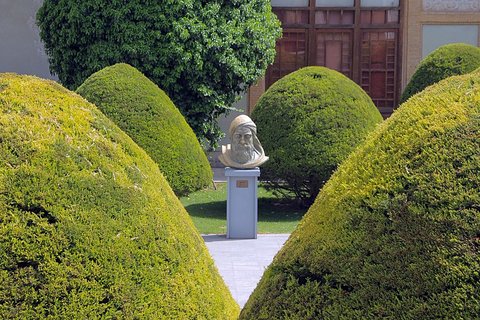
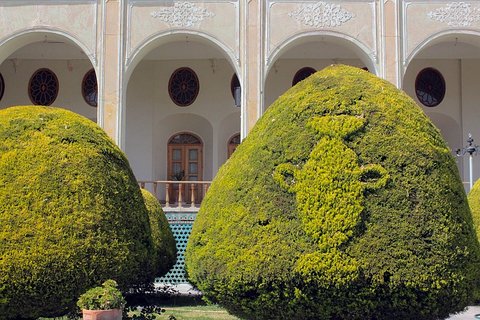
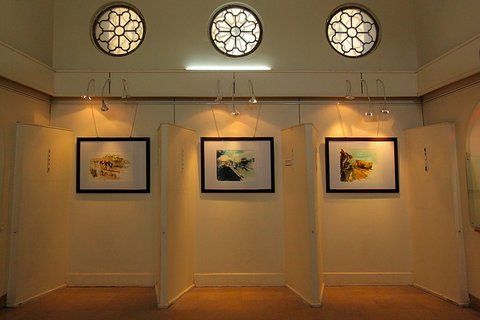



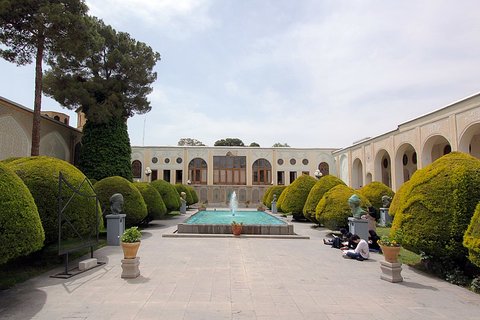
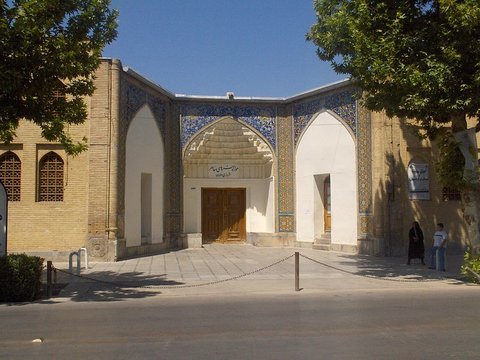

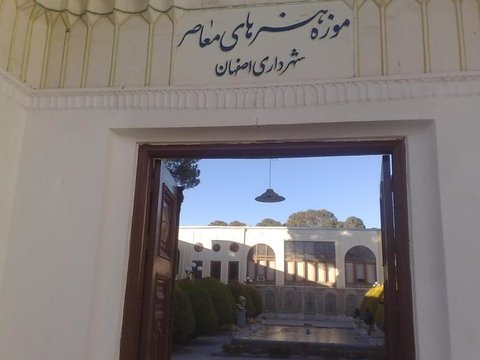
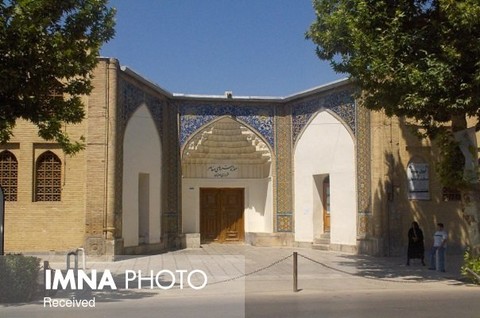
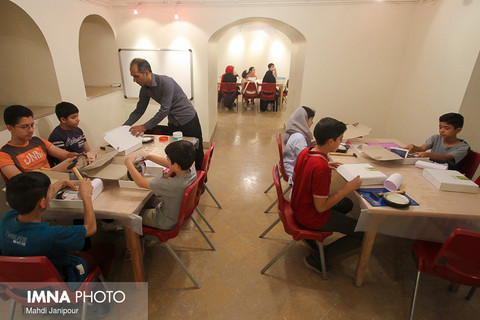

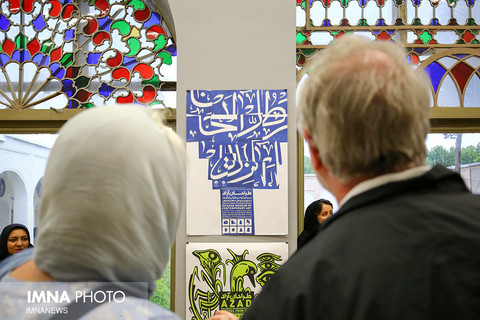
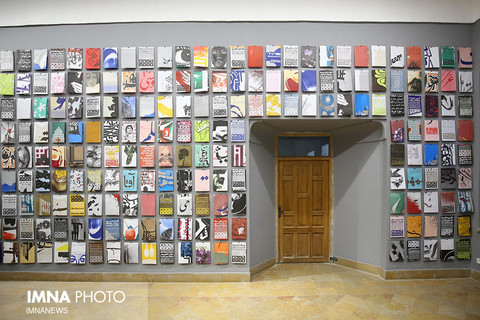
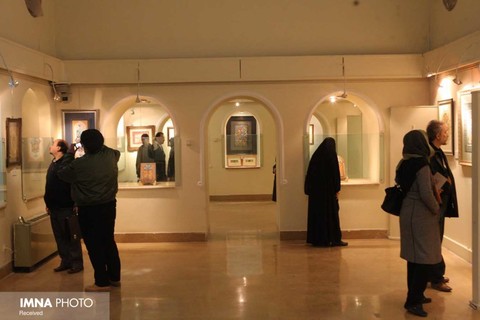
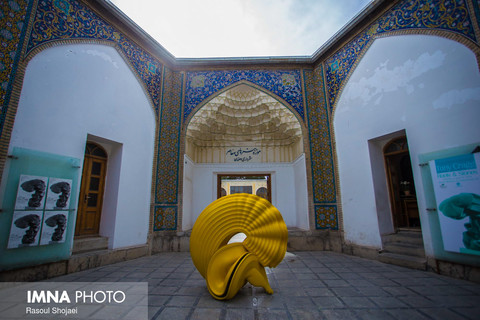
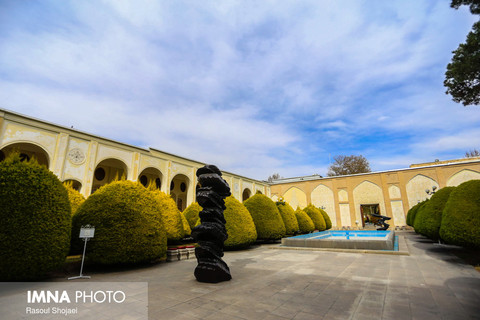
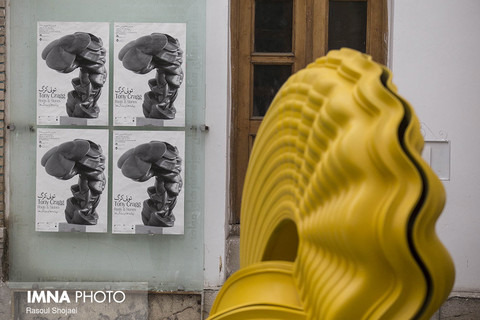
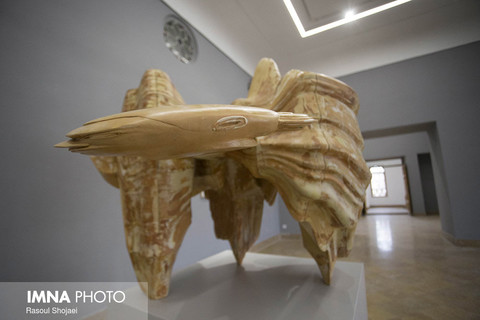
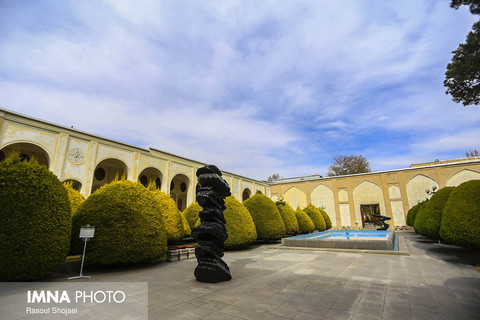
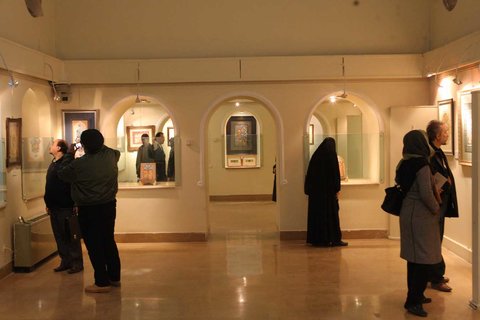
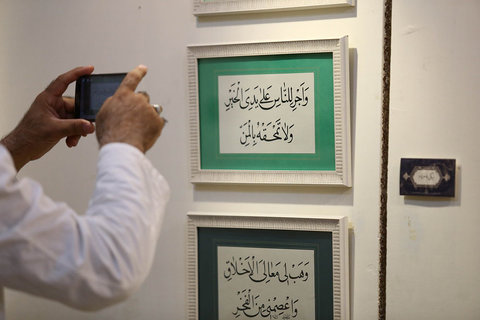
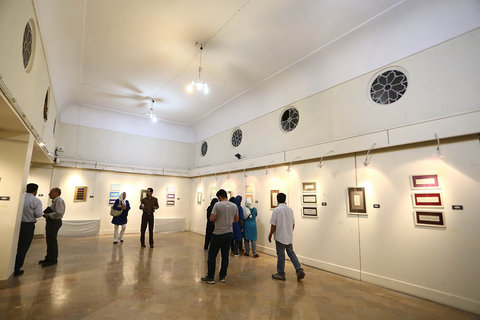

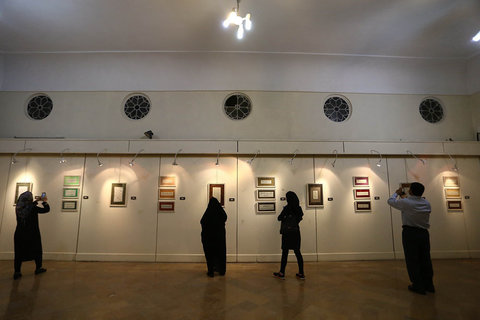
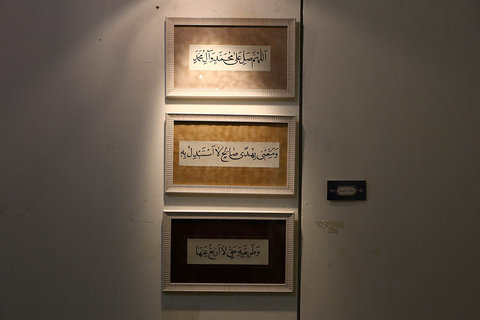
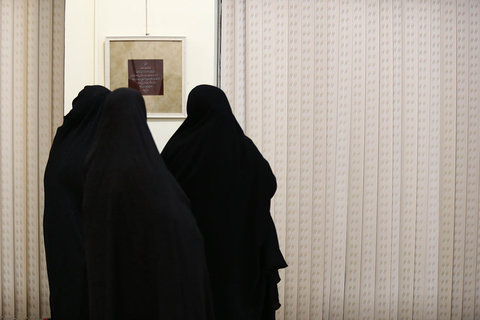
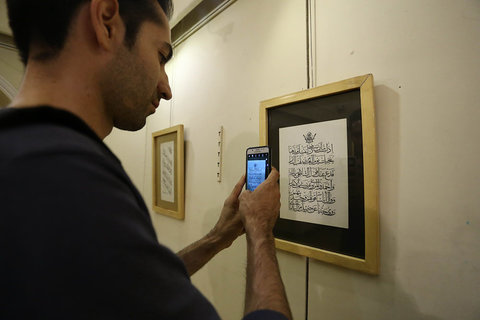
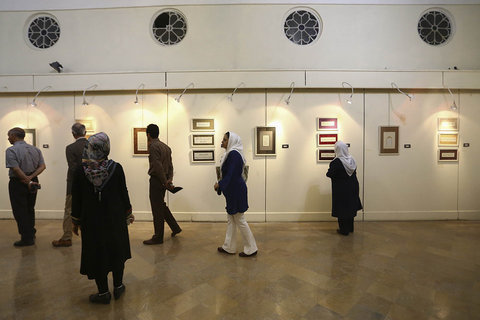
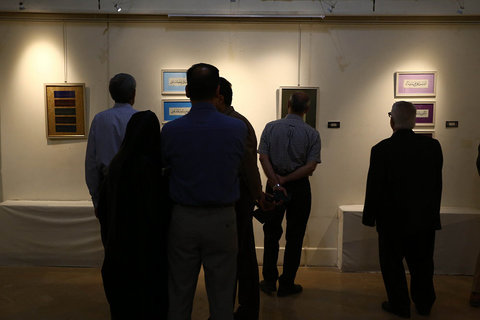
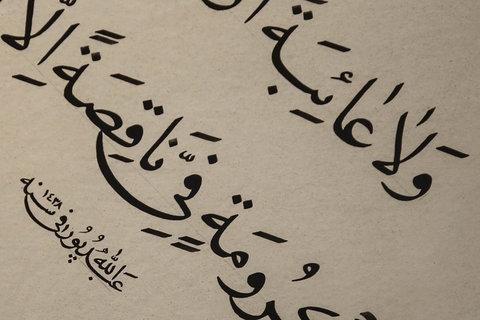

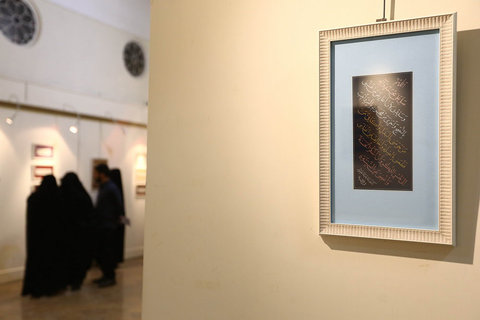

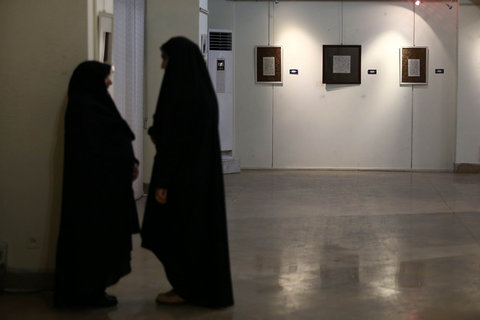
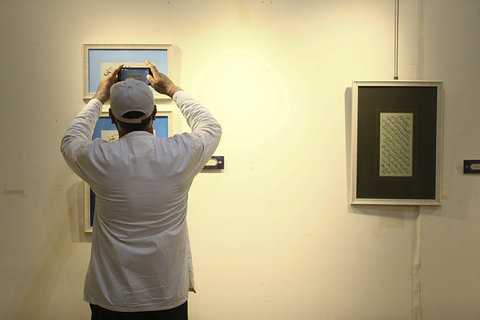
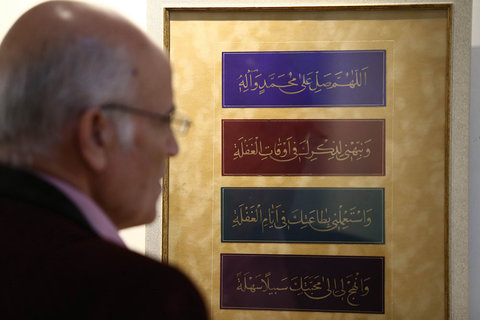
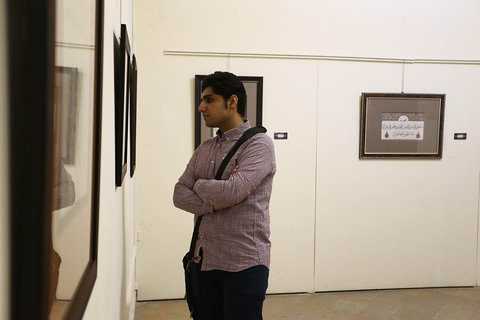
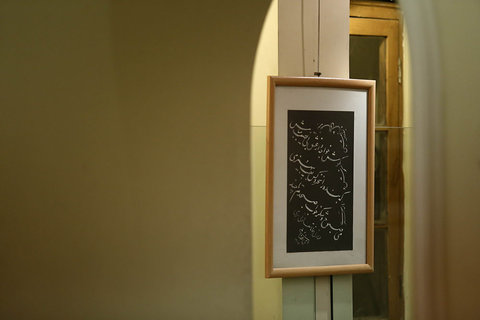
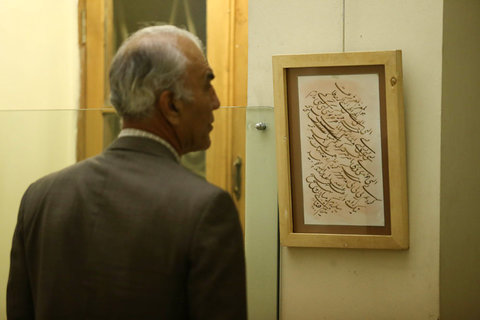
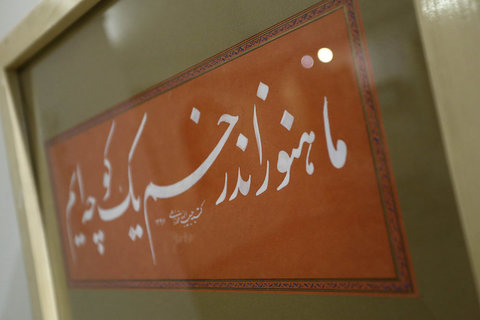
Your Comment